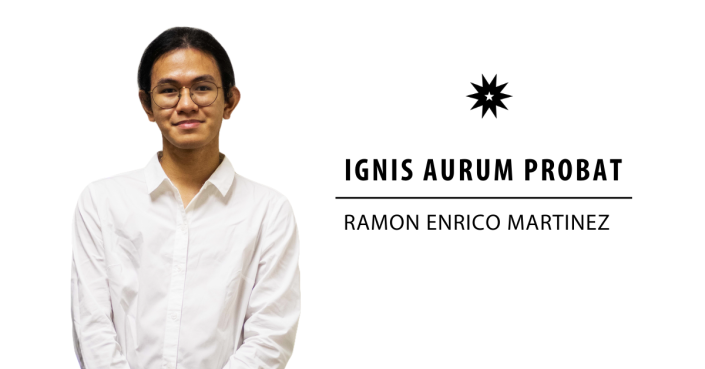
It’s been almost a year since ChatGPT, a powerful artificial intelligence (AI) language model, was unleashed onto the world. The initial furor and fearmongering sparked online and offline discourse on AI tools and their potential to disrupt almost every industry and leave no stone unturned. Doomposting headlines weren’t an uncommon sight, ranging from “Will AI take away your job?” to “Could AI take over the world?”
Those fears, while wildly exaggerated, weren’t entirely unfounded as ChatGPT and other AI tools could do it all—write an essay, generate artwork, answer quizzes, solve mathematical problems, write code, and then some.
In recent months, this hysteria more or less died down, but concerns about the impact of these tools on the future of education haven’t been fully allayed. With the current education system and pedagogical practices in place, AI can easily breeze through the assessments and make it easier than ever for students to cheat.
Nearly a year later, last September 1, the University decided to address the elephant in the room. In an announcement, the Office of the Provost urged the Lasallian community—faculty and students alike—to approach AI with an open mind, addressing concerns about its unethical use in the academic setting. The office also emphasized the importance of using AI in a transparent and responsible manner as a tool for teaching and learning, augmenting human output rather than replacing it entirely.
In this regard, it clarified that faculty members have the authority to establish the guidelines for the use of AI in their classrooms and that students are free to use the tools within these boundaries. With the University’s stance on the use of AI now defined, what does this mean for the future of education?
As a student, I’ve had firsthand experience with the use of AI in my studies. Admittedly, I’ve used ChatGPT to help me understand the more complex topics in my courses. It can help personalize learning with just a prompt and a few instructions. Likewise, other students can use AI to help level the playing field by using it to reframe topics in a digestible format, translate texts into one’s native language, review essays for grammar and style, among others. It could even transcribe audio and adapt the contents of a lesson for people with special learning needs.
On one hand, ChatGPT has proven to be an invaluable resource for me in my studies. However, it has also raised an interesting ethical dilemma—why would I need to study and memorize the material when I have an AI chatbot that could answer most, if not all, of the questions and problems I could ever have?
In the current state of our education system, emphasis is placed on memorization of the learning materials rather than actually understanding the material. This poses a problem for educators to solve: how can they shift the learning experience towards the development of critical thinking, problem- solving, and creativity—skills that AI cannot fully replicate? The current pedagogical approach could be refined to involve these skills, and educators could leverage the use of AI to introduce these skills into the classroom.
Nevertheless, AI still has its limitations. Students and teachers alike must be aware that tools like ChatGPT are prone to bias and misinformation, based on the data being fed into its learning model. While it can generate responses that appear factual, the accuracy of the information it gives cannot always be guaranteed. Likewise, overreliance on the technology for basic tasks may lead to dulled critical thinking skills and laziness. How the University plans to address these concerns in its AI policy remains to be seen.
It’s too early to tell whether AI will be a boon or bane for education. After all, the technology behind AI tools like ChatGPT is still in its infancy stage. Likewise, the full impact of these tools on the future of the field haven’t been fully researched. But what we do know is that it will definitely change education and do away with the practices of old.
In any case, the Pandora’s box has already been opened. The onus is now on us to master the art of balancing a double-edged sword.
